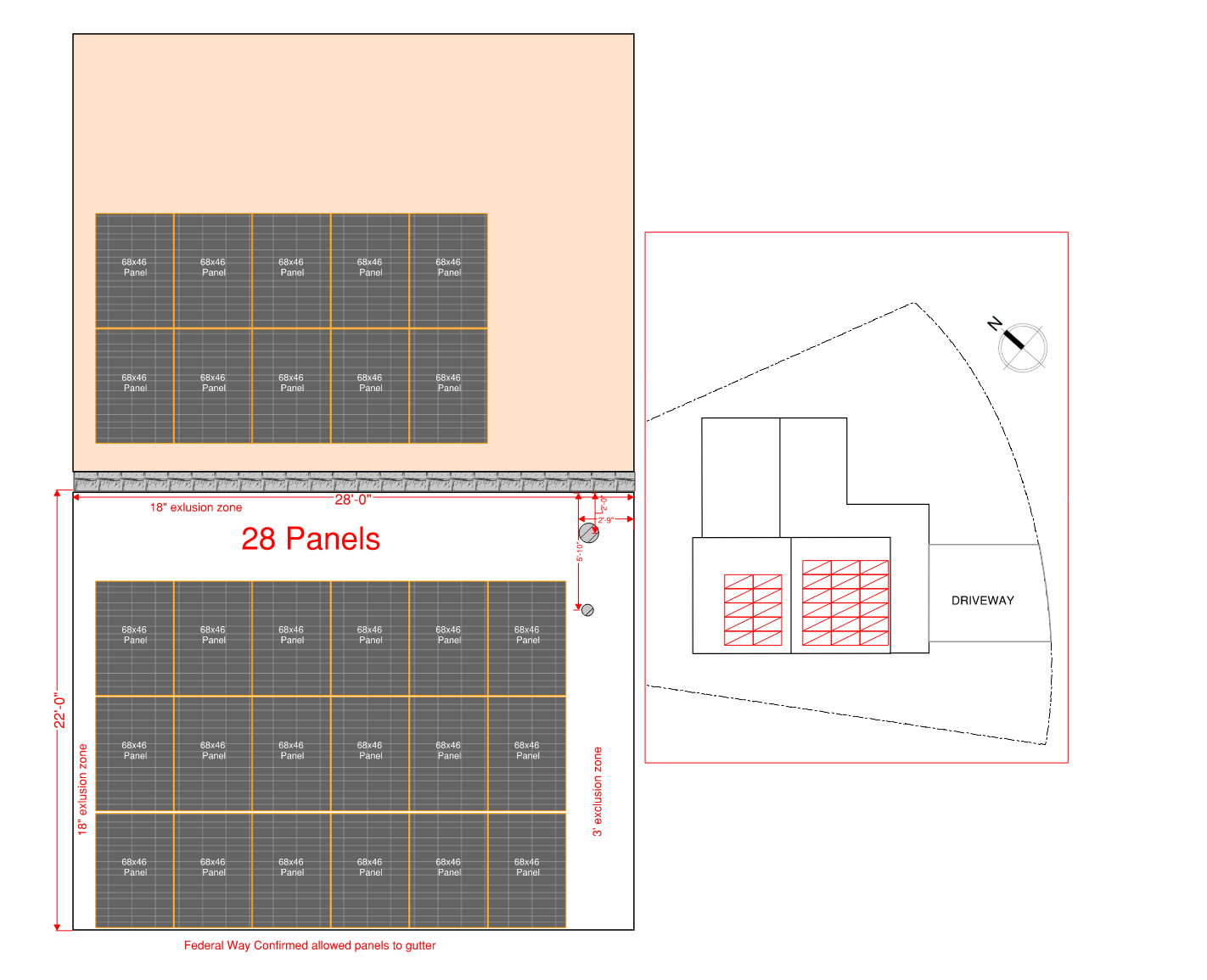If your intention is to supply electricity back to the grid, it is advisable to consult your electric company and local permitting offices (such as city, county, or provincial authorities) to determine the necessary documentation. Requirements may vary, with some entities having stringent specifications for plan submissions, while others may simply prioritize the filing of an application. Even if a formal plan submission is not mandatory, it can be beneficial to create one for personal reference or potential future property sale, as it provides comprehensive information about the installation.
It is important to include several key elements in your documentation. These should encompass a comprehensive list of parts and equipment, their respective power ratings, precise placement of all equipment, appropriate signage, circuit breaker amperage details, wire gauge specifications, conduit information and placement, accurate distances between components, precise equipment measurements, spacing measurements (including height from the ground), smoke alarms, fire breaks and wall backings, fire suppression systems, fire extinguishers, and clear call outs for power disconnects. Additionally, it is crucial to provide detailed documentation regarding disconnect procedures and shutdown protocols.
The majority of these tools offer the capability to create precise drawings, plans, and sections of the solar installation. They enable you to incorporate labels, dimensions, and detailed electrical component information. Additionally, some tools provide shading analysis functionality to ensure optimal placement. Some have a steep learning curve, high price, or limited features. Since this is a DIY community I am mainly focusing on free options, but there are plenty of other commercial options not covered.
- Hand drawn sketches - Never underestimate the ease of throwing together a plan on some graph paper!
- LibreOffice (https://www.libreoffice.org) - A free office suite that includes several applications including Writer (word processing), Calc (spreadsheets), Impress (presentations), Draw (vector graphics and flowcharts), Base (databases), and Math (formula editing). Free.
- GIMP (https://www.gimp.org) - GNU Image Manipulation Program - Is primarily an image editing program and does not offer specialized features specifically tailored for solar designs. However, it can still be useful for image manipulation and creating visual representations. One major feature is the ability to work in layers. While it may not have the advanced architectural-specific features found in dedicated CAD or architectural design software, GIMP is certainly a great tool to have. Free.
- Inkscape (https://inkscape.org) - Used for technical illustrations such as diagramming and flow charting. It uses vector graphics to allow for sharp printouts and renderings at unlimited resolution. Free.
- FreeCAD (https://www.freecad.org) - Provides a comprehensive set of tools including parametric modeling, sketching, part design, assembly design, and rendering. Has a high learning curve. Free.
- Open Solar (https://app.opensolar.com) - Online solar design and proposal software. Offers multiple system options, fully rendered 3D designs. You can enter site address, paint on to-scale panels. Provides a pitch, azimuth and shading calculator. Free.
Other tools you might consider, especially if you already have experience with them.
- Dia Diagram Editor (http://dia-installer.de) - A software tool that offers several features for creating and editing diagrams. A better choice might be LibreOffice's Draw program. Free.
- Microsoft Office or other office suits - Much like LibreOffice, there are a few other application suites to choose from that offer similar features as LibreOffice.
- LucidChart (https://www.lucidchart.com) - Online tool that offers an intuitive interface and a library of shapes, icons, and templates that make it easy to create diagrams, flowcharts, wireframes, and other visual representations. Mainly designed for teams. Free limited tier available.
- SketchUp (https://www.sketchup.com) - Browser based 3D modeling software. Free version available.
- BlueBeam (https://www.bluebeam.com) - Used by Architects, engineers and builders, mainly designed for teams. No free version.
- AutoCAD (https://www.autodesk.com) - Steep learning curve. Lots of features, mostly commercial offerings.


